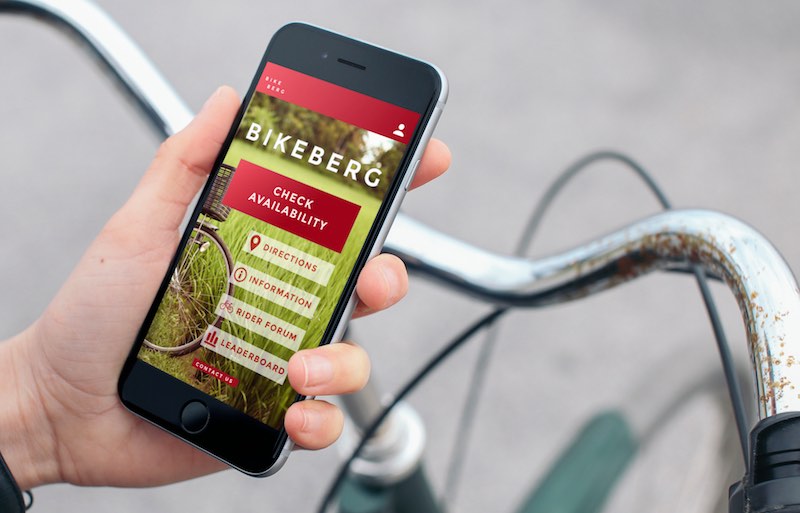Opportunity
While working for a leading racing shell manufacturer, I worked on a team of two to both design and build a new electronic system: measuring and presenting performance feedback for rowers. Rowing coaches often feel frustrated by difficulty in evaluating rowers individually for the purpose of assigning rowers to appropriate boats. Seat racing is most often used for this today: one boat is timed, one rower is switched out, and the same boat is timed again. This method is time-consuming and not entirely accurate.
Coaches also want ways of showing their rowers that a technique or method actually improves their performance. Since rowers are almost exclusively practicing their craft as a unit, detecting individual differences is tricky. PullSmart was envisioned to meet these needs, and a team of two was hired to design and build this system.
Process
To begin and throughout the project, I spent a lot of time with potential users of this product (local rowing clubs became frequent haunts of mine). I conducted very cold and rainy interviews and “in the wild” observations with several rowing clubs, watching them set up, use, and tear down our system over the course of eight months. Being the main contact with our users, I regularly communicated progress and results to stakeholders, advocating for change when users struggled with the design.
I also embarked on rowing ethnographies: taking rowing classes and steering an 8-person boat as a coxswain--not an easy feat! I wasn’t going to make the national team anytime soon, but I learned a lot about the pain points of rowing that I took back to the design.
Over the course of the product development, I managed the project timeline, wrote software, designed the user interface for both rower and coxswain displays, designed the mechanical enclosures for all components of the system, and interfaced with customers for interviews and field tests.
Outcome
My work on this system defined its initial goals, interface, and functionality. Work continues on the project by others, including building out pieces of the system I envisioned and making changes to the design for manufacturing purposes.
Team
Julie Hobson (me)
Jake Grajewski








